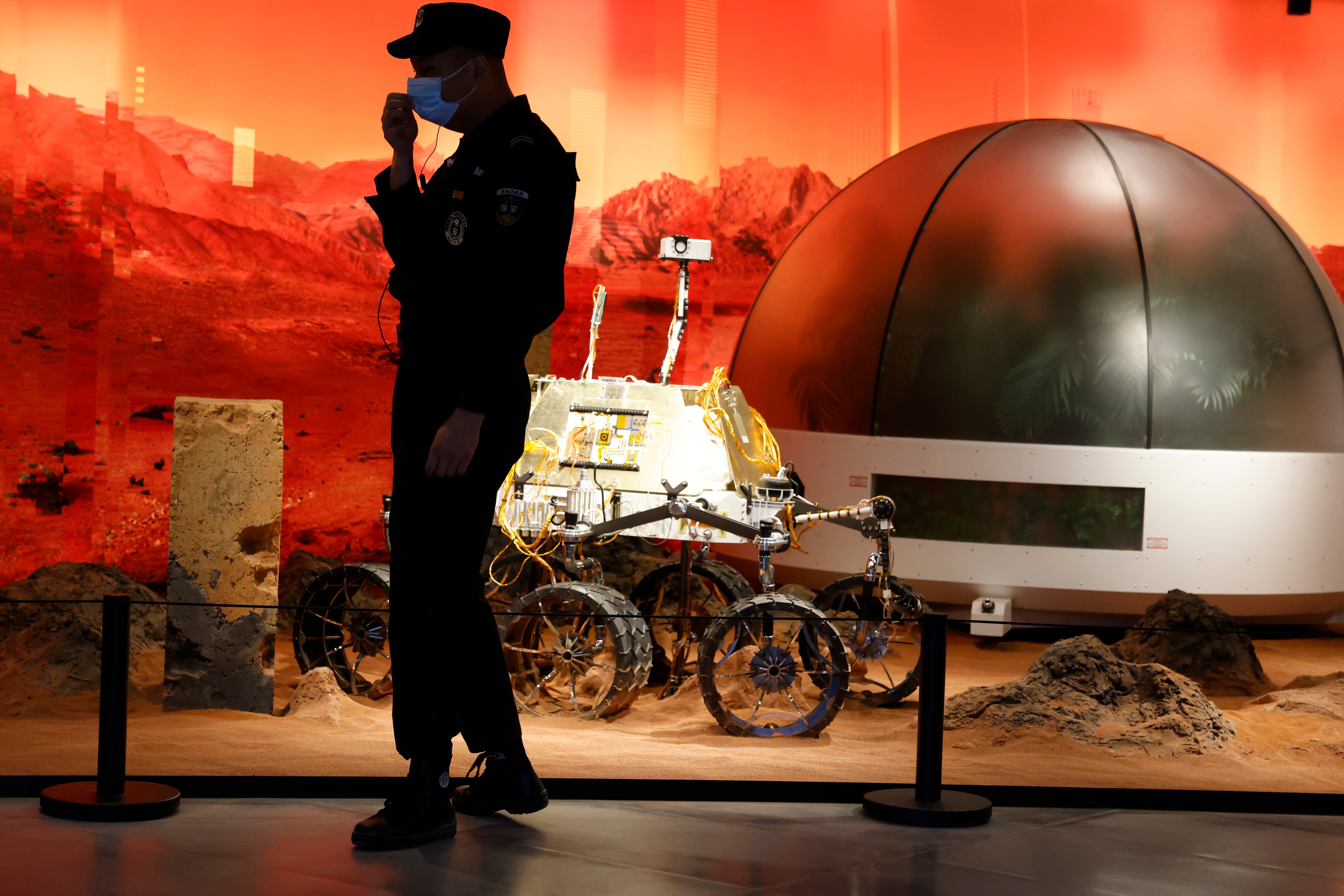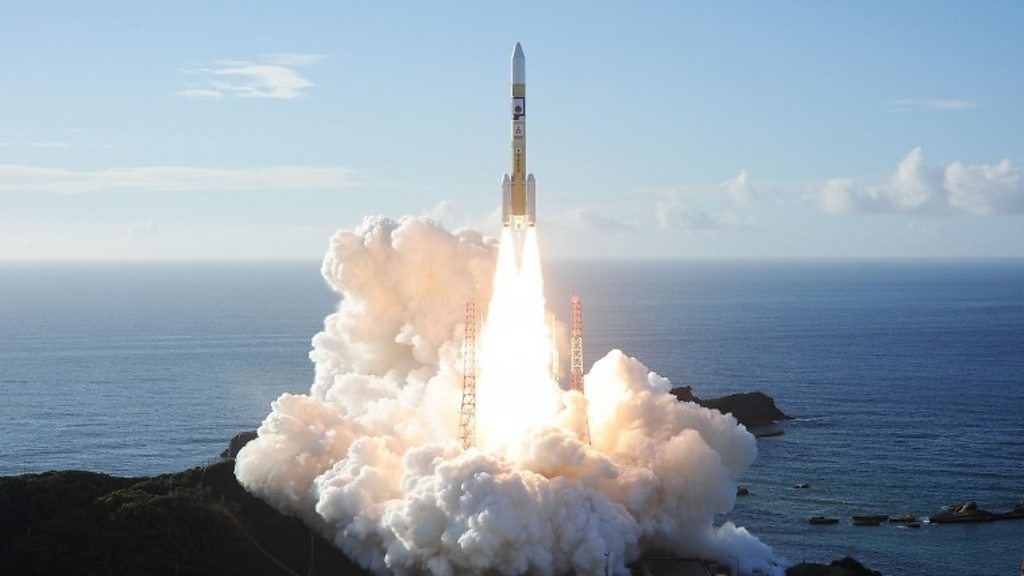
Two American astronauts have splashed down yesterday, as the first commercial crewed mission to the International Space Station returned to Earth. Its the first crewed US water landing in 45 years.

NASA's Mars 2020 Perseverance rover mission is on its way to the Red Planet to search for signs of ancient life and collect samples to send back to Earth.

An unmanned spacecraft blasted off Thursday on a yearlong journey to Mars. The Tianwen-1, which translates into “Questions to Heaven,” is expected to reach the Red Planet by February.

The Hope orbiter will arrive in February 2021 to begin a two-year survey of the weather on the red planet. For Emirati scientists the mission represents a new chapter in the history of scientific discovery.

The Solar Orbiter project, a collaboration between the European Space Agency and NASA, has begun a critical new stage of the mission after the probe's first close encounter with the Sun.

Projects BIOWYSE and TIME SCALE are being developed in Norway. These two systems are all about providing astronauts with a sustainable and renewable supply of drinking water and plant food.

When the Artemis III mission lands on the lunar surface in 2024 - it will serve as a stepping stone towards the creation of a permanent human presence on the Moon, NASA hopes.

Scientists are still preparing for the crucial fly-by of Earth by the joint European–Japanese BepiColombo mission to Mercury on 10 April, despite COVID-19 quarantine.

Researchers have found that the lettuce, grown on board the International Space Station, is as nutritious as counterparts grown on the Earth, an advance that may help astronauts grow safe, fresh food during space missions.

A robotic servicing spacecraft has hooked up with an aging satellite over the Pacific Ocean. It accomplished the first link-up between two commercial satellites in space, and the first docking with a satellite that was never designed to receive a visitor.

NASA mathematician Katherine Johnson did more than just calculate rocket trajectories for early space missions. Her story, when it was finally told, completely changed people's perceptions about who has been and who can be important in history.

NASA has selected four possible planetary science missions for further evaluation, two focused on Venus, one on Jupiter's volcanic moon Io and one on Neptune's icy moon Triton. Final selections will be made next year.

A NASA-supplied Atlas 5 rocket launched the European Space Agency’s Solar Orbiter spacecraft 9 February, kicking off an innovative mission to study the Sun in unprecedented detail, complementing close-in observations by NASA’s Parker Solar Probe.

CHEOPS stands for the Characterizing Exoplanet Satellite. It’s a partnership between ESA and Switzerland, with 10 other EU states contributing. Its mission is not to find more exoplanets, but to study the ones we already know of.
NASA unveiled new spacesuits that astronauts will wear on the moon and Mars. The suits are designed to outperform those used during the Apollo program.